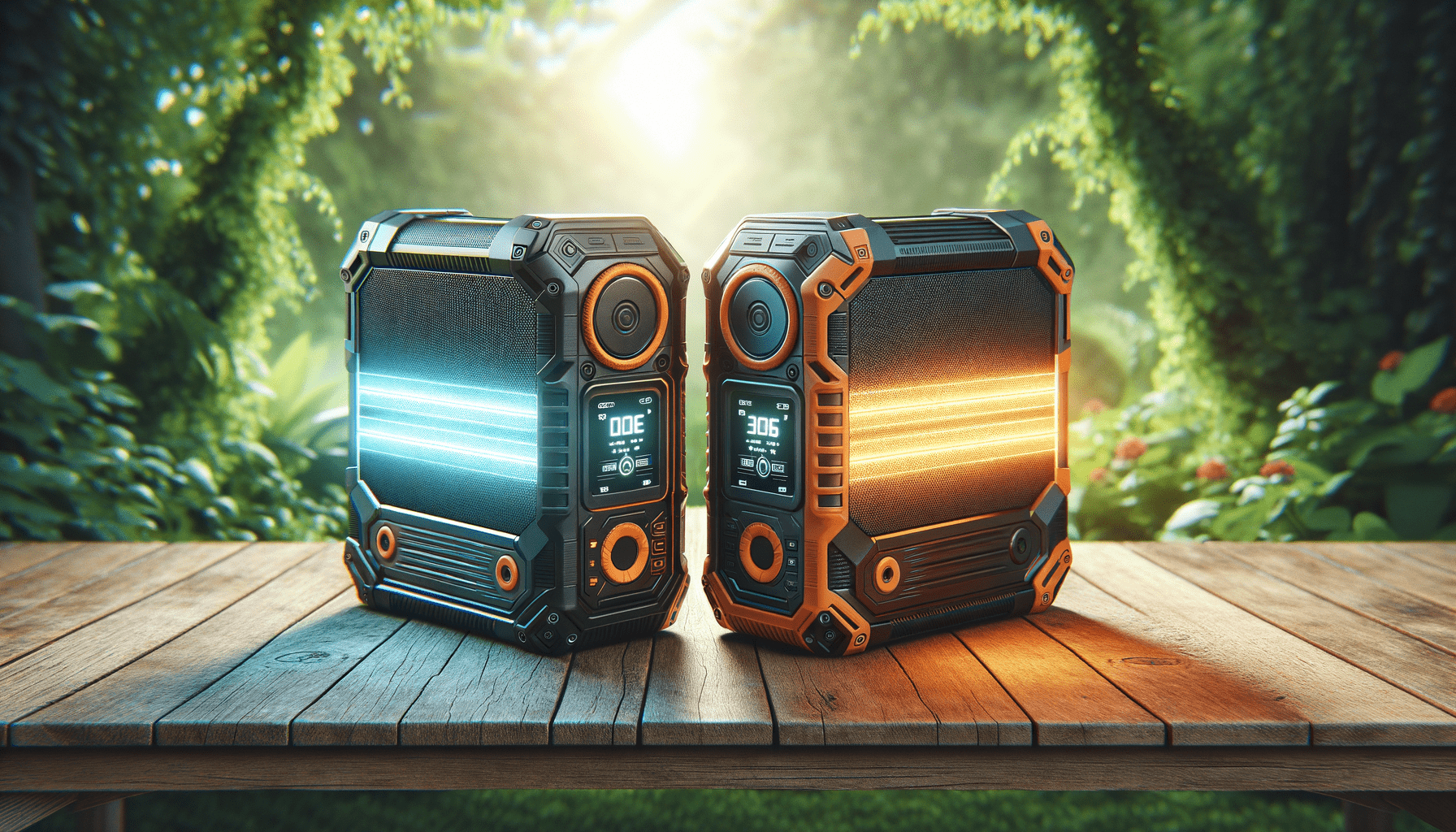Choosing the right portable power station can be a bit like picking the perfect travel buddy: you want reliability, strength, and the right feature set for your adventures. In this deep dive, we’ll compare the Jackery 100 Plus and Jackery 240 power stations to help you decide which one suits your power needs on the go.
Battery Capacity and Lifecycle
At the heart of any power station is its battery. The Jackery 100 Plus sports a 99Wh Lithium Iron Phosphate (LiFePO4) battery, known for its long-term stability and safety. It offers up to 2,000 charge cycles at 80% capacity which promises longevity. In contrast, the Jackery 240 has a 240Wh Lithium Nickel Manganese Cobalt Oxide (NMC) battery. While it has a larger capacity, the trade-off is typically in lifecycle where NMC cells often have fewer charge cycles before their capacity starts diminishing.
Charging Options and Speed
Both the Jackery 100 Plus and the 240 model can be charged using solar panels, a 100W PD Adapter, or a car charger. The 100 Plus shines with its fast charging – reaching full capacity in just 1.8 hours with the adapter and 2 hours with the SolarSaga 100W panel. The Jackery 240, taking 5.5 hours through a wall outlet and about 5 hours through the SolarSaga 100W panel, is a bit slower to reach full charge. This makes the 100 Plus a quicker option for those looking to get back on power rapidly.
Portability
Portability is crucial for any portable power station. The Explorer 100 Plus is significantly lighter, weighing around 2.13 lbs, which is nearly one-third the weight of the Explorer 240, clocking in at 6.6 lbs. This makes the 100 Plus more suited for those who prioritize a lightweight and compact power source.
Design and Features
The Explorer 100 Plus boasts a sleek design and portability but doesn’t skimp on features. It’s airline-approved for carry-on and operates quietly. With dual PD and standard USB-A outputs, versatile device charging is in your pocket. The Explorer 240 offers more output variety – with the addition of an AC outlet and a DC car port, it caters to a broader range of power needs despite being bulkier.
Safety and Durability
Safety can’t be overlooked, and both power stations have excellent credentials. However, the Explorer 100 Plus steps ahead with its UL 94V-0 Rated flame-retardant material and a battery management system that includes five temperature probes for precision control, which is an advance over the 240’s standard safety features.
Environmental Impact
Environmentally conscious consumers will be pleased to know that both models support solar charging, which means reduced reliance on grid power and a lesser carbon footprint. Additionally, the 100 Plus is set to come in 100% recyclable eco-friendly packaging starting September 2023.
Specs Comparison Table
| Specification | Jackery Explorer 100 Plus | Jackery Explorer 240 |
|---|---|---|
| Battery Type | LiFePO4 | NMC |
| Battery Capacity (Wh) | 99 | 240 |
| Lifecycle | 2,000 cycles to 80% | Varies, typically less than LiFePO4 |
| Weight (lbs) | 2.13 | 6.6 |
| Charge Time with 100W PD Adapter (hours) | 1.8 | – |
| Charge Time with SolarSaga 100W (hours) | 2 | 5 |
| Outlets | Dual PD, USB-A | AC, DC, USB-A x 2 |
| Airline Approved | Yes | No |
Final Verdict
When deciding between the Jackery Explorer 100 Plus and the 240, weigh your options based on battery longevity, charging speed, weight, outlet requirements, and environmental considerations. The 100 Plus is the go-to for quick charges, extreme portability, and cutting-edge safety, while the 240 gives you more power capacity and diverse port options.




Leave a Reply